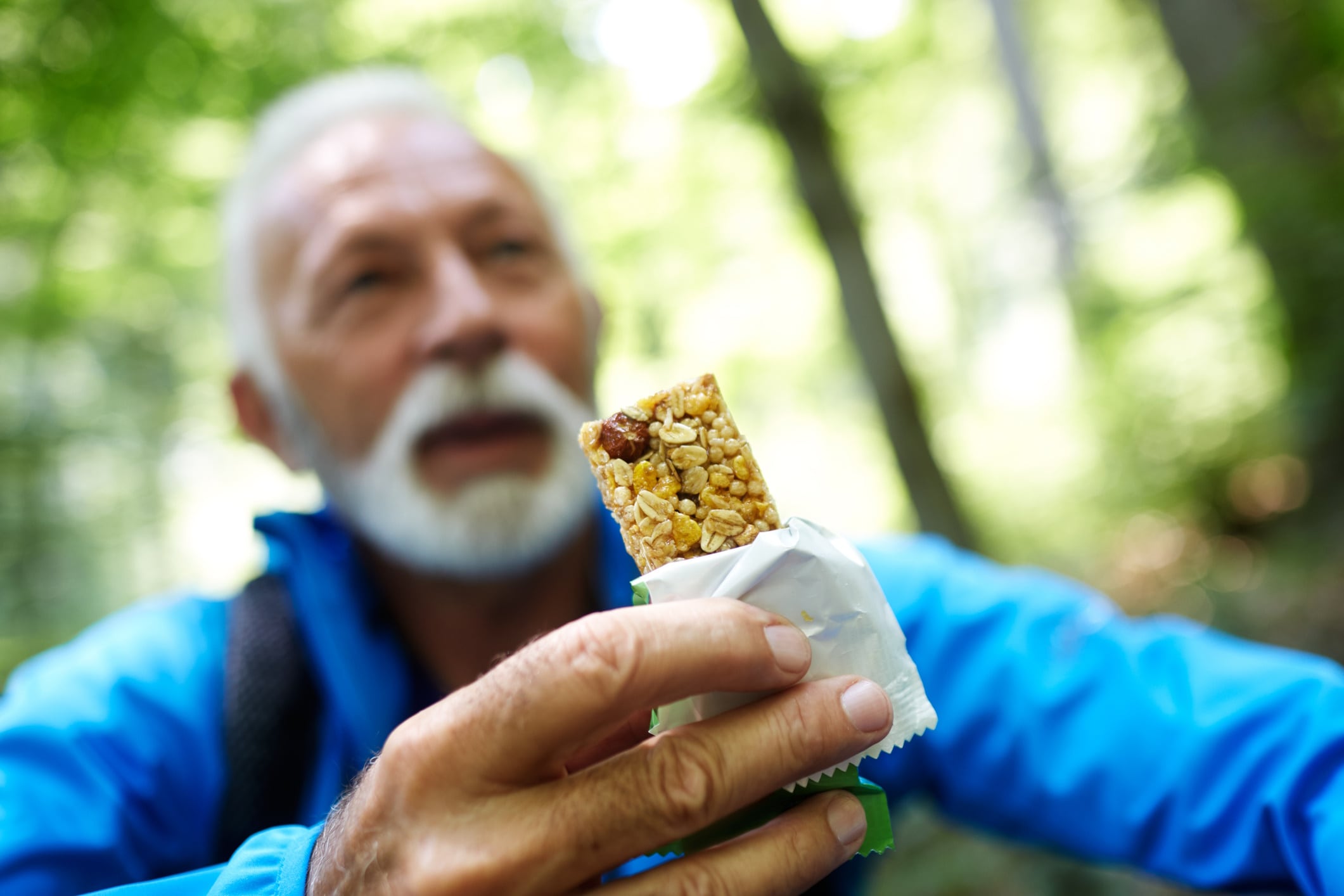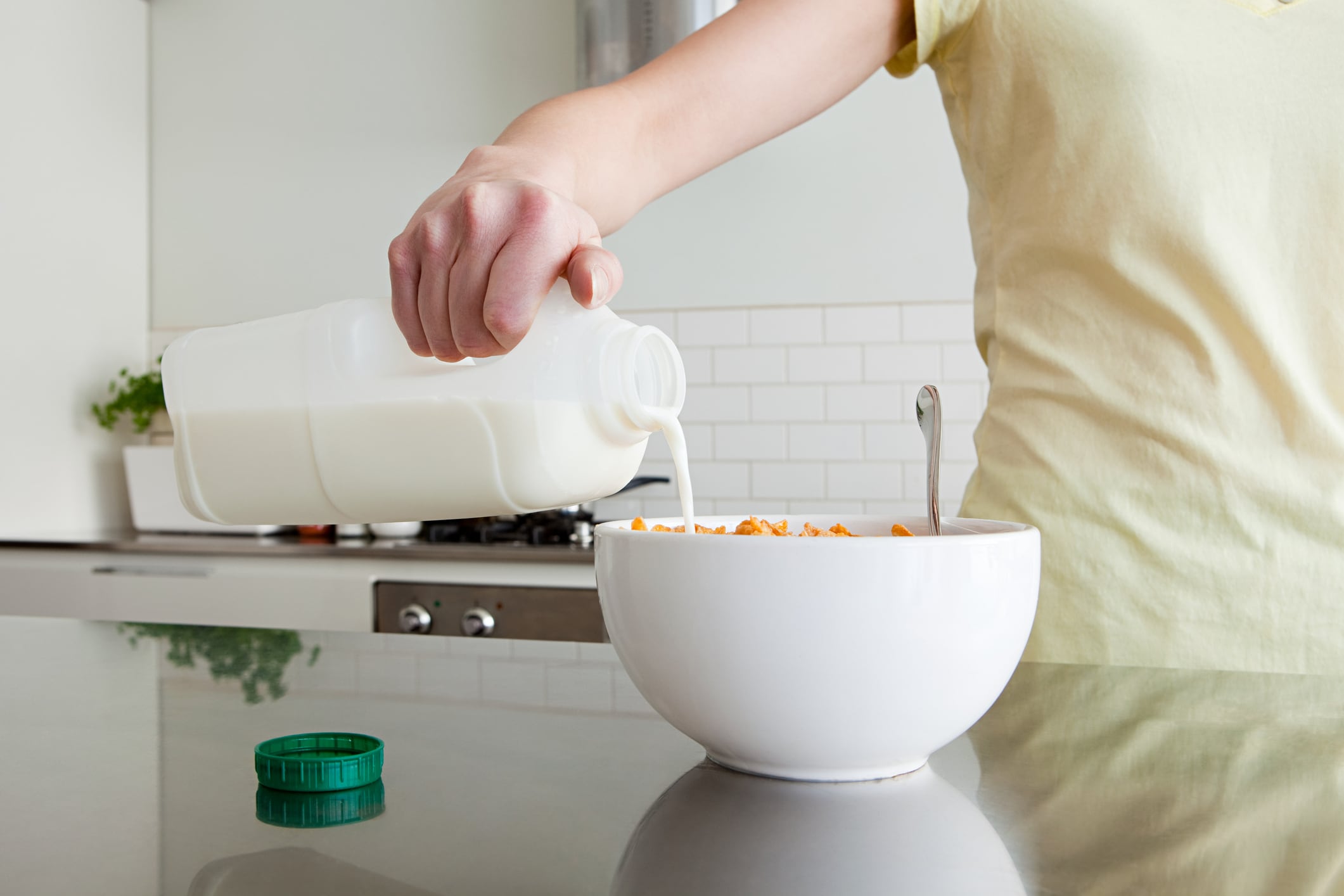Coming so soon after the Mars-Kellanova merger cleared US regulatory hurdles and despite hitting a brick wall in the EU, these events underscore a growing truth in the food world: mega-conglomerates are fragmenting but snacking superpowers are consolidating.
If the 2010s were about Big Food bulking up through mergers and sprawling portfolios, the 2020s are about trimming down and focusing in.
The food landscape is dividing into two clear camps: on one side, slower-moving staples ready-to-eat cereals and boxed dinners; on the other, fast-moving, indulgent and profitable categories like snacks and confectionery.
Leading the charge are Mars and Ferrero, two privately held dynamos gobbling up everything from Pringles and Pop-Tarts to Frosted Flakes and Froot Loops.
From Snap, Crackle, Pop to buy, split, sell
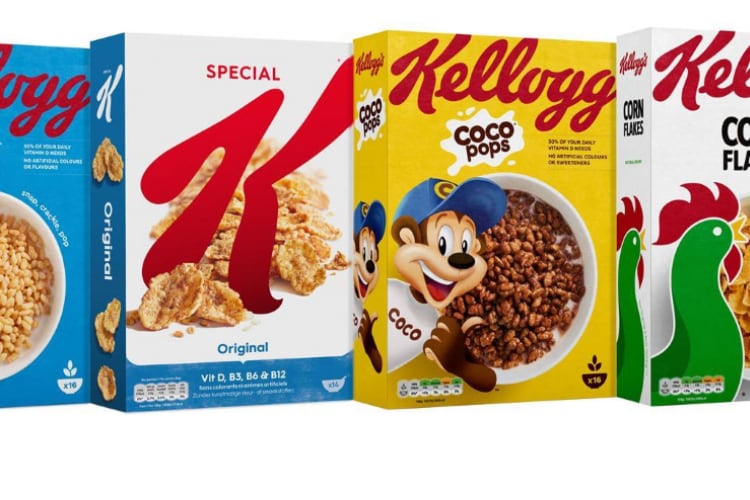
Let’s start with Kellogg Company. In 2023, it split into two entities: WK Kellogg Co (focused on cereals) and Kellanova (snacks and international). Critics scoffed: was this just financial engineering? In hindsight, it looks more like strategic staging. Less than two years later, both arms have been sold: WK Kellogg to Ferrero and Kellanova to Mars. The split didn’t just unlock value; it laid out the buffet.
That’s not failure. It’s the final chapter in a strategy that was never about going it alone. It was about carving the company into bite-sized morsels for bigger appetites. And Ferrero was hungry.
Its $3 billion purchase of WK Kellogg – which includes brands like Froot Loops, Special K and Frosted Flakes – is a curious move. Cereal has been in long-term decline and WK Kellogg’s share price never fully recovered from its debut. But Ferrero isn’t buying growth. It’s buying brand equity, distribution clout and a seat at the North American breakfast table.
As analysts at TD Cowen put it, this is classic Ferrero: take mature but iconic brands and pump fresh life into them. It’s what it did with Butterfinger and Baby Ruth. It’s what it’s doing with Wells ice cream. Now, it’s cereal’s turn.
Meanwhile, Kraft Heinz – the problem child of the 3G Capital era – is trying to unpick its own tangled web. Nearly a decade after the $49 billion merger that birthed it, the company has been plagued by write-downs, sluggish innovation and deteriorating brand health.
Now, it’s reportedly spinning off its grocery arm – which includes processed cheese, boxed meals and other pantry staples – to focus on sauces, spreads and condiments. The logic, presumably, is to break away from commodified categories in favour of higher margin brands like Heinz, Grey Poupon and Kraft Mayo.
The spin-off – estimated to be value the company at $20 billion – is likely to attract private equity or hungry rivals. But it’s also a tacit admission: Kraft Heinz’s one-size-fits-all cost-cutting model failed. And now, like Kellogg, it’s banking on specialisation to salvage relevance.
The snackland arms race
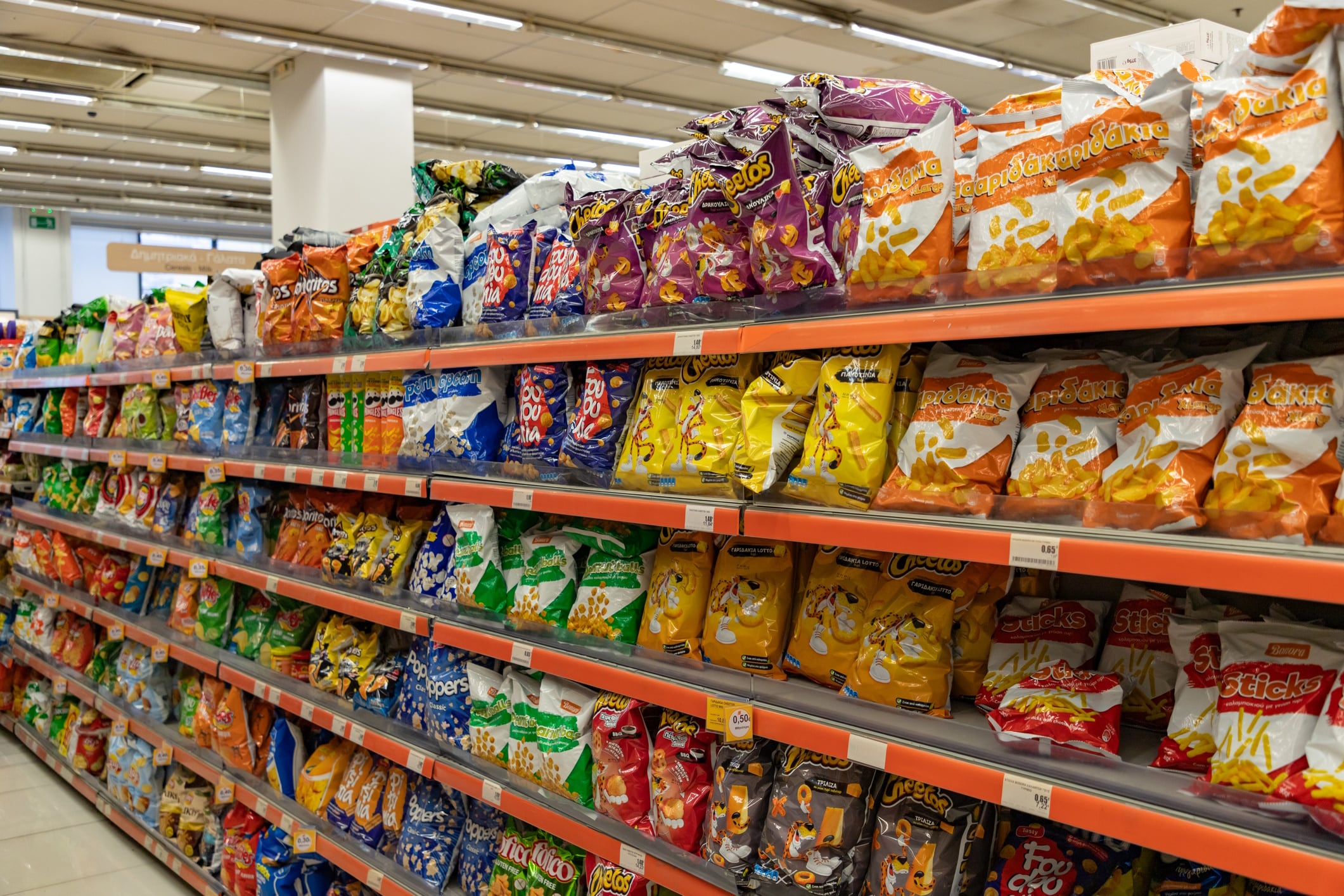
There’s a reshuffling underway at the top of the global food chain. Mars, fresh off acquiring Kellanova, has become a dominant force across snacks and breakfast. Ferrero is stitching together a portfolio that spans from cereal to confections – essentially owning the aisle from morning to midnight. Unilever is leaning harder into ice cream and functional nutrition, while Nestlé continues to fortify its position in health and wellness. Kraft Heinz is still searching for its next chapter.
But this isn’t just about who owns what. It’s about how food is being made, marketed and monetised. Today’s consumers are driven by convenience, indulgence and clean label cues. They want grab-and-go. They want premium. And increasingly, they want it in snack form.
Once a breakfast staple, cereal is being repackaged as an anytime snack. More products are launching in resealable pouches, single-serve tubs and snack bars, designed for lunchboxes, desks and dashboards. Familiar brands are stretching into new formats, turning legacy products into multi-occasion players.
Ingredient labels are getting leaner, too, especially in kids’ products, as pressure mounts to ditch artificial colours, sweeteners and additives. Private ownership gives Ferrero and Mars more freedom to reformulate and innovate quickly, without the drag of quarterly shareholder expectations. At the same time, direct-to-consumer platforms and subscription models are giving brands more control over pricing, customer data and rapid-fire testing of new launches.
So why spend billions on cereal when the category is in long term decline? Because brands like Frosted Flakes and Froot Loops still have gravitational pull. You’re not just buying a box – you’re buying the story, the memory, the trust. As analysts at West Monroe put it, Ferrero isn’t interested in cereal’s past performance; it’s betting on what these brands can become with the right stewardship.
The same logic applies to Kraft Heinz’s potential grocery spin-off. A classic example is Kraft Macaroni & Cheese: instantly recognisable, affordable and nostalgic, yet increasingly viewed as nutritionally outdated and overly processed. It still commands shelf space and in the right hands, could be reimagined for a new era.
For consumers, this all adds up to more variety, more innovation and more crossover between snack and meal. But it also means steeper price points and even more blurring of traditional eating boundaries. The old food pyramid is crumbling, replaced by a flavour-first, all-day ecosystem where anything can be breakfast – and everything is up for reinvention.
The global picture
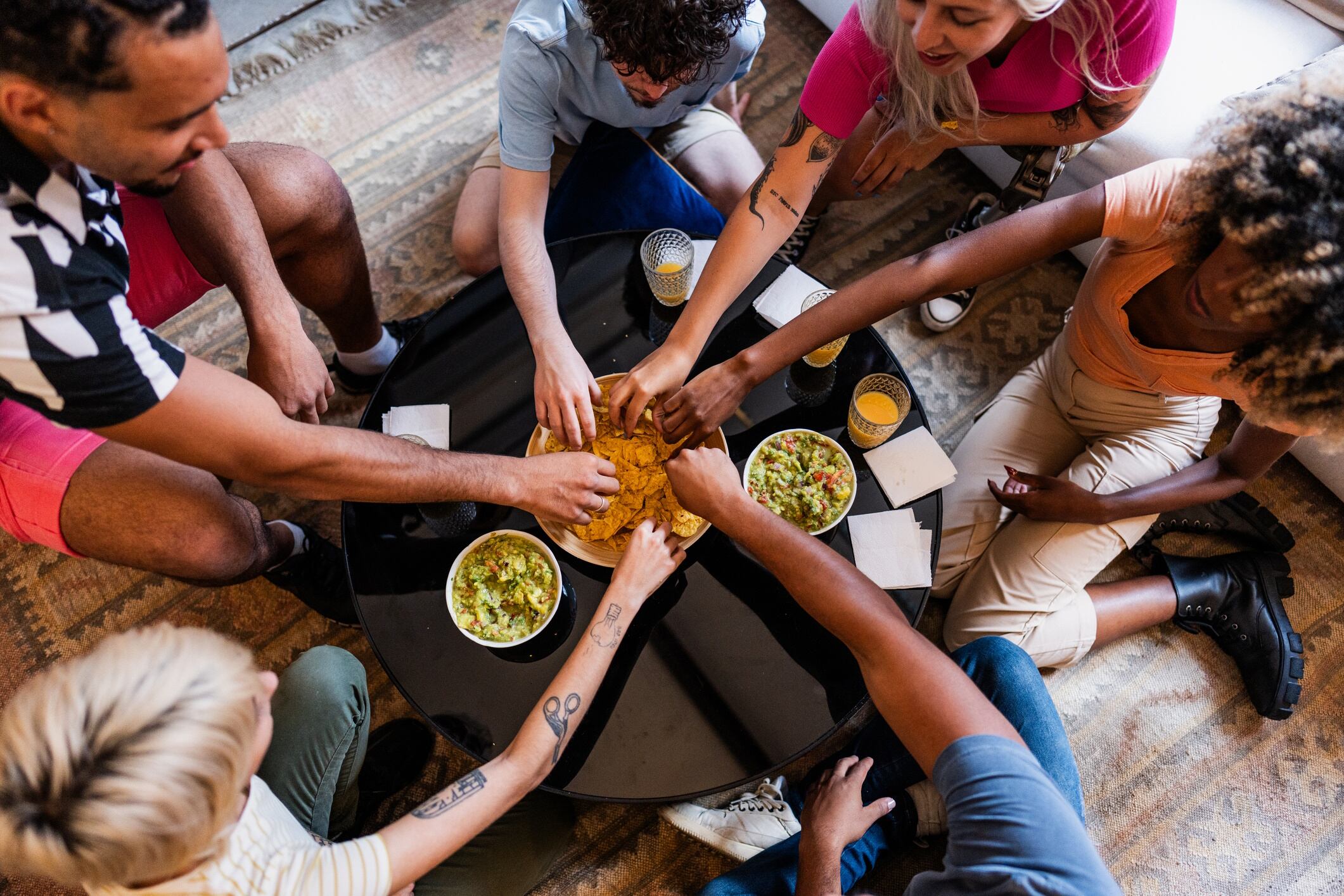
This isn’t just a US story. These moves are reshaping the global food landscape – from supply chains and retail strategies to consumer behaviour from Toronto to Tokyo. Innovation is likely to accelerate. Ferrero and Mars invest heavily in R&D, so expect more hybrid products, cleaner labels, stronger sustainability claims and reinvention across formats and categories. Private label players will feel the pressure, too: as premium snack brands gain share, store brands will have to level up or risk being squeezed out.
And this wave of M&A is far from over. The big are getting bigger and the rest are slimming down or searching for lifelines. But regulators are watching. Mars’ Kellanova acquisition is still under EU scrutiny. If Ferrero continues scaling, it could soon face similar antitrust attention.
For legacy food companies, the choice is simple: specialise or stagnate. The old model of sprawling, catch-all conglomerates is losing relevance. Consumers want brands with purpose. Investors want focused growth. Mars and Ferrero may be expanding fast, but they’re not building old-school empires – they’re assembling highly curated category powerhouses. Their portfolios aren’t bloated – they’re intentional, stacked with brands that complement each other. The middle ground is vanishing and what’s rising in its place are leaner, sharper giants with clearer intent.
These aren’t just deals. They’re declarations. Ferrero is moving into the breakfast aisle with serious intent, taking on the likes of General Mills, Post and even Nestlé. Mars, long the ruler of chocolate and gum, is positioning itself as the world’s definitive snack house, doubling down on scale, synergy and shelf power. And Kellogg’s? Once a singular symbol of American breakfast, it has now been carved up and repurposed by two European private giants.
Kraft Heinz is hoping to pull off the same trick in reverse – shedding the past to save the future.
Who’s next?




